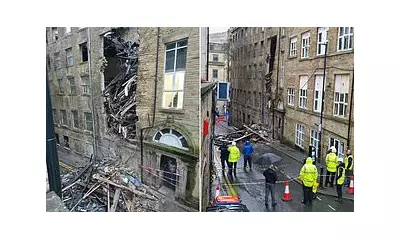
In a dramatic twist that has left economists and aspiring homeowners reeling, Anthony Albanese's signature Help to Buy scheme appears to have backfired catastrophically, with new data revealing property prices are now soaring at their fastest rate in two years.
The Great Australian Housing Paradox
Rather than cooling the overheated property market as intended, the government's intervention has seemingly poured petrol on the fire. CoreLogic's latest figures show national home values jumped 0.9% in September alone - the strongest monthly growth since January 2022, during the peak of the pandemic property frenzy.
Sydney led the charge with a staggering 1.3% monthly increase, while Perth properties surged an incredible 1.7%. Even more concerning for first-time buyers, regional markets aren't far behind, with values climbing 0.7% over the same period.
How Good Intentions Went Horribly Wrong
The Help to Buy scheme, designed to assist 40,000 low and middle-income Australians into home ownership by having the government take up to 40% equity in their property, has instead created a perfect storm of unintended consequences:
- Increased buyer demand without corresponding supply increases
- Psychological pressure on renters to enter the market at any cost
- Renewed confidence among investors and existing homeowners
- Market anticipation of the scheme creating forward-demand pressure
The Numbers Tell a Grim Story
Property research firm CoreLogic reports that despite 13 interest rate rises from the Reserve Bank, home values have climbed 2.2% in the September quarter alone. This represents the fastest quarterly growth rate since early 2022, completely defying economic logic and government expectations.
"The market has completely shrugged off high interest rates and affordability constraints," noted CoreLogic research director Tim Lawless, highlighting the disconnect between economic fundamentals and market behaviour.
Who's Really Benefiting?
While the government touted the scheme as relief for struggling first-home buyers, the reality appears starkly different. Existing property owners and investors are seeing their wealth increase substantially, while those the scheme was designed to help find themselves priced out of an even more expensive market.
The situation has created what economists are calling a "policy-induced price spiral" - where government assistance simply gets capitalised into higher prices, leaving recipients no better off and non-recipients significantly worse off.
What Comes Next for Australia's Housing Crisis?
With the Reserve Bank unlikely to cut interest rates until late 2024 at the earliest, and construction activity lagging behind population growth, experts fear the situation may worsen before it improves. The very policies designed to make housing more affordable may be having the opposite effect, creating a policy dilemma of unprecedented complexity.
As one property analyst noted: "When you add fuel to a fire, you shouldn't be surprised when it burns hotter. The government now faces the uncomfortable reality that their solution may be part of the problem."





